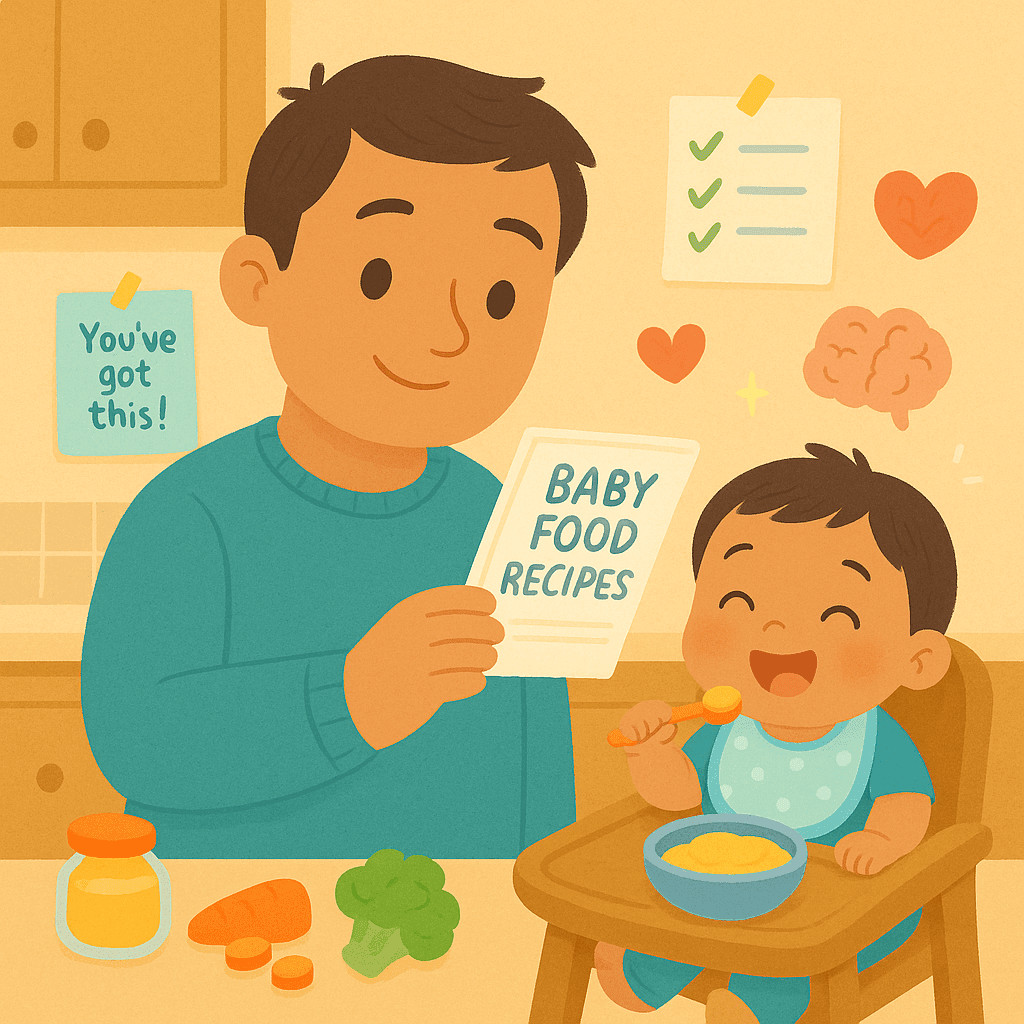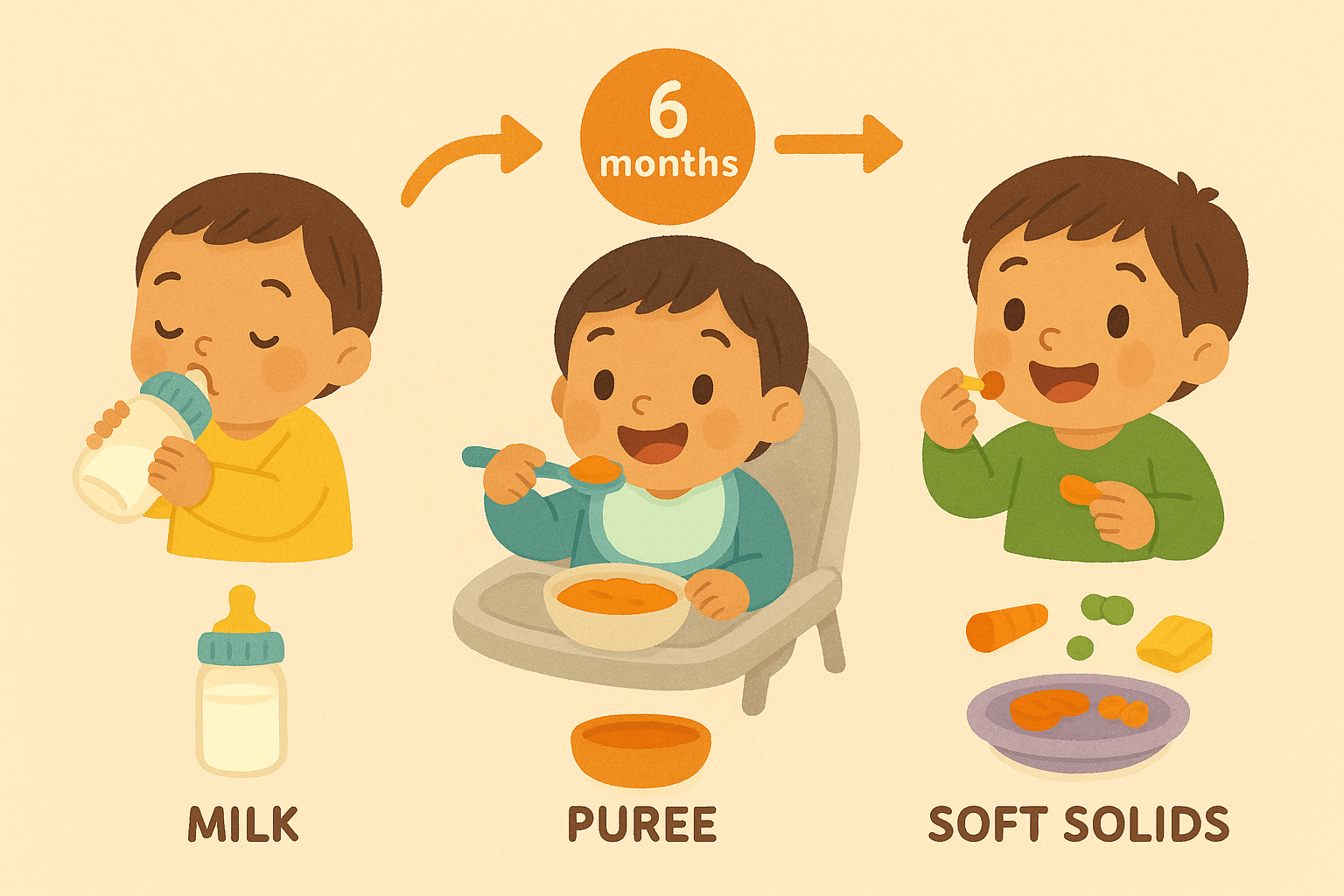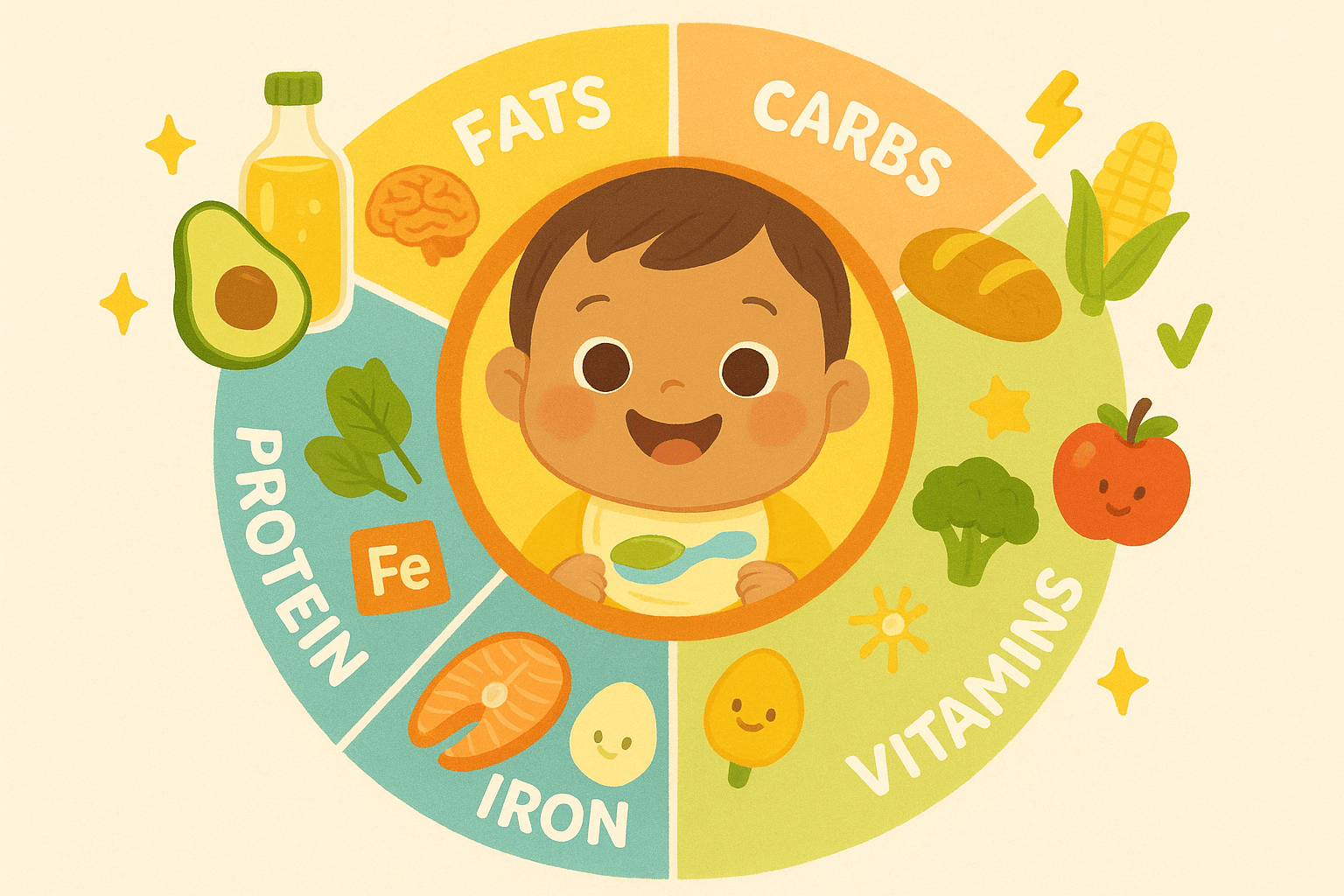the Comprehensive book on starting solid foods
A Neuroscientists Guide to Baby Food
There is so much false information out there about how to prepare your new, tiny human for eating solid food. Understand the science behind why some foods are better than others, and how to prepare it to give your little one a head start.
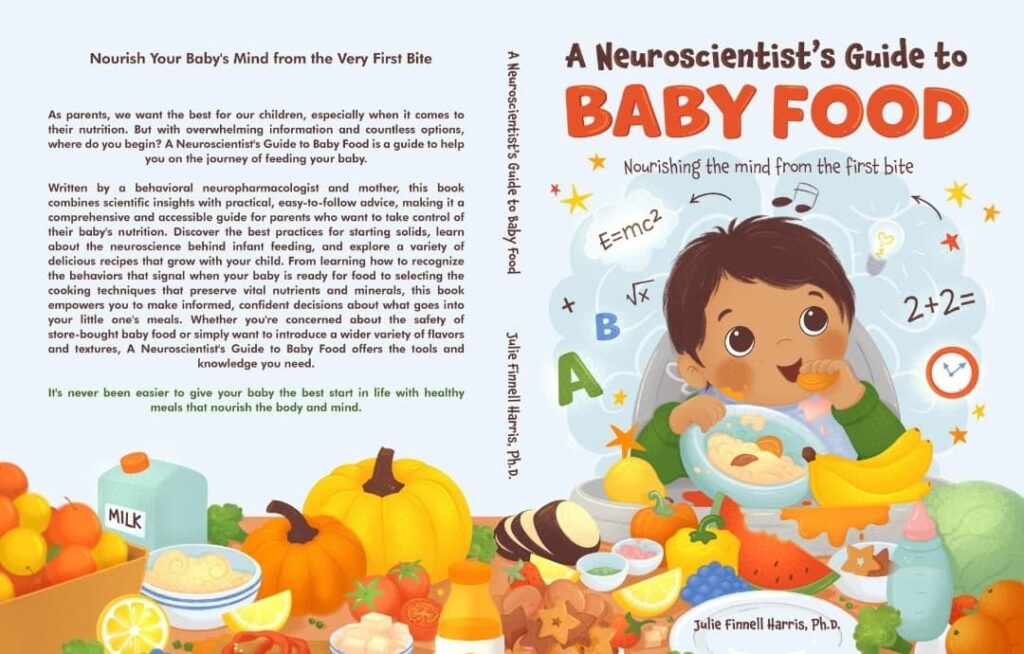
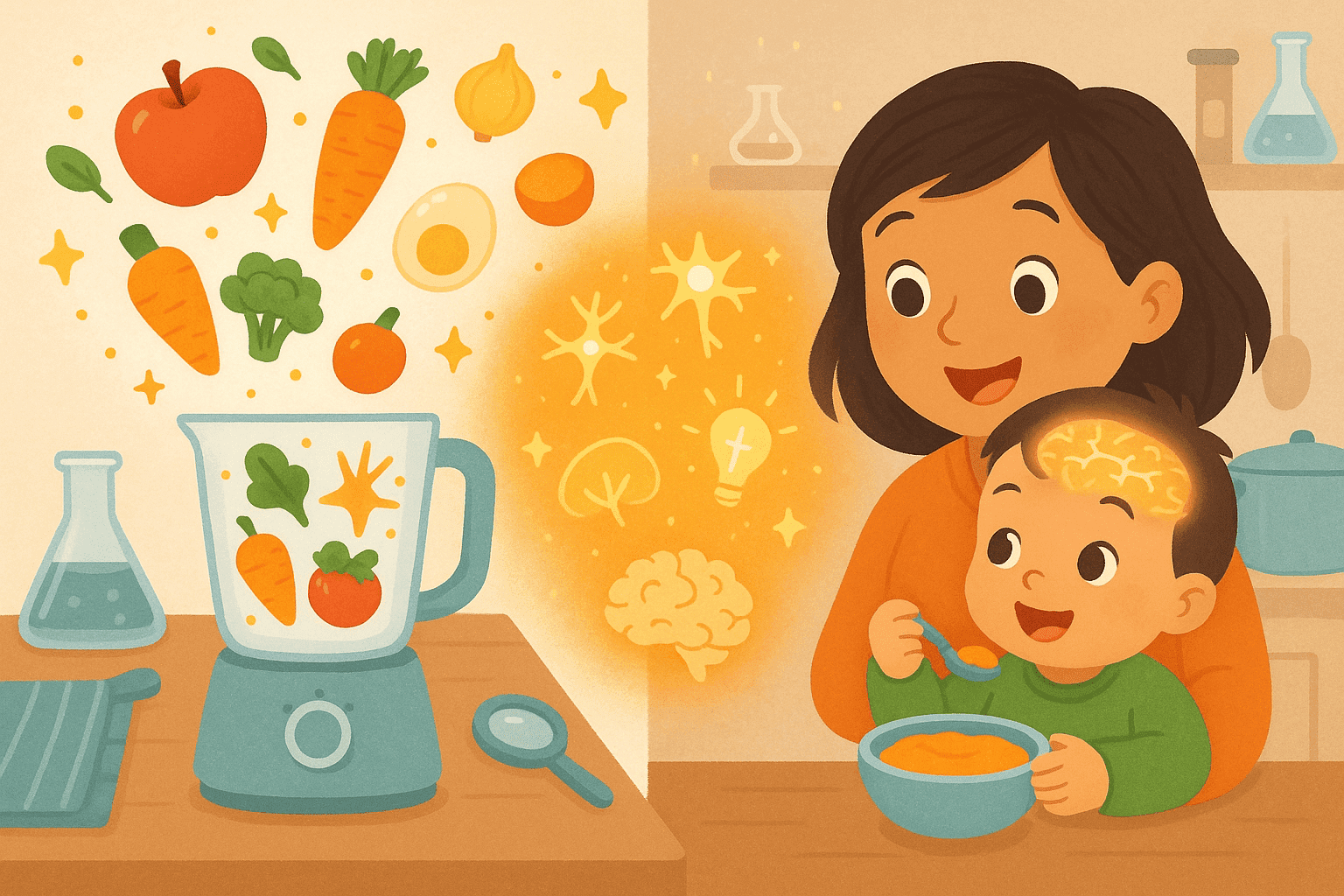
Food Matters!
You know that old saying “You are what you eat”? What you put in your, or your child’s body, is critical to their development, both physically, mentally, and neurologically. As someone who cares for a little one, you only want to see them healthy and happy. This book explores how food effects their brain and what you can do to maximize their potential.
Introducing Solids
Food Safety Tips
Learning to prep food for a little one is wildly different than making food for yourself. There are things that you might want to think about before they discover for themselves that chicken nuggets and mac-n-cheese are high-class, gourmet food.
Always Wash the Rice
Most rice, whether in a bag or box, needs to be washed before cooking it. Weirdly, it’s naturally absorbed in the fields where it’s grown. When you wash your rice, you might notice that the water gets very cloudy – this is all the stuff that you don’t want to be feeding your family.
Mäuschen? What’s that?
Babies have small mouths, and in order for them to fit food in there, it needs to be cut up really small. Mäuschen – Maus(mouse)-chen(small). It’s a term of endearment, but you’ve got to remember that their food should be small enough for a mouse to eat!
Label The Containers
Sometimes when you puree baby food, it can all end up looking the same. Be sure to keep some blue tape and a sharpie around so that you can label the containers with what’s in it and the date it was made. You don’t want to serve your little one funky food.
Encouragement and Building Trust
New foods can be scary, but they don’t need to be
Trust Parents and New Food
Over time, your child will start to trust that what you give them at food time is safe to eat. Different kids take different amounts of time, but building the trust is crucial to a baby who’ll explore more options.
Encourage Self Exploration
Children are usually at first, adverse to new textures. If they can feel it with their hands, squish it between their fingers, and play with it, they will eventually put it in their mouth.
About The Author
Dr. Julie Finnell Harris, Ph.D. is a mother and professor of neuroscience in western New York. For the last decade, she has studied how behavior impacts the brain. Ever since she brought a beautiful baby into the world, she’s taken a special interest in how the food her daughter eats impacts her growing neurological development

